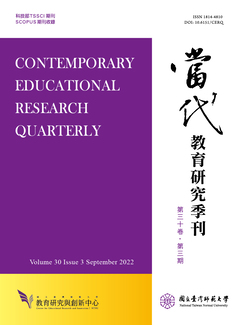

Purpose
The functions of the social capital have been confirmed in the studies of different areas. Organizations with more social capitals can get access to more information, resources and knowledge from the relational networks. Nevertheless, scholars discussed the enhancement and improvement of organizational performance from the bright side of social capital, but few studies were made to analyze the factors on the influence of its dark side, especially in the field of higher education. Therefore, this study was to combine the theories of social capital and resource base to further discuss the influence of an HEI’s social capital accumulation on slack resources and institutional performance from the perspective of resource acquisition-resource accumulation-resource application.
Design/methodology/approach
The object of this study is the faculties of higher education institutions (HEIs) in Taiwan and samples are drawn from 157 institutions. As there are a large number of faculty in HEIs, the method of purposive sampling is adopted. To make the samples representative and have a clear understanding of the relationship among institutional resources, social capital and institutional performance, this study takes the institutional location and attributes as the sample classification criteria before issuing questionnaires. Research objects were full-time faculty in 30 Taiwan HEIs, and 926 valid questionnaires were collected and inspected the relation between variables with structure equation model.
Findings
The empirical results show that: (1) a U-shaped relationship between external social capital and institutional performance; (2) a positive relationship between external social capital and organizational slack resources; and (3) organizational slack resources and internal social capital play important mediating roles between external social capital and institutional performance.
Originality/value
This study examines the operation and performance of HEIs based on the theory of social capital. In order to fully understand how HEIs improve institutional performance, including research, teaching and service performance, through social capital and slack resources, the faculties above the level of assistant professors are chosen as the participants for the samples. Based on the literature review, the study divides social capital into internal social capital and external social capital, and the slack resources are also considered from the resource-based view. With a complete research framework, this study discusses their influences on institutional performance and provides in-depth practical implications as a reference.
Keywords: social capital, higher education institution, slack resource, institutional performance

This work is licensed under a Creative Commons Attribution-NonCommercial 3.0 Taiwan License.
Center for Educational Research and Innovation, National Tawain Normal University
162, Ho-Ping East Rd, Sec. 1, Taipei, Taiwan | Tel:+886-2-7749-3670 | E-mail: cerecerq@gmail.com
CERI | NTNU | E-mail Alerts | Open Journal System
© 2014 CERI-NTNU
